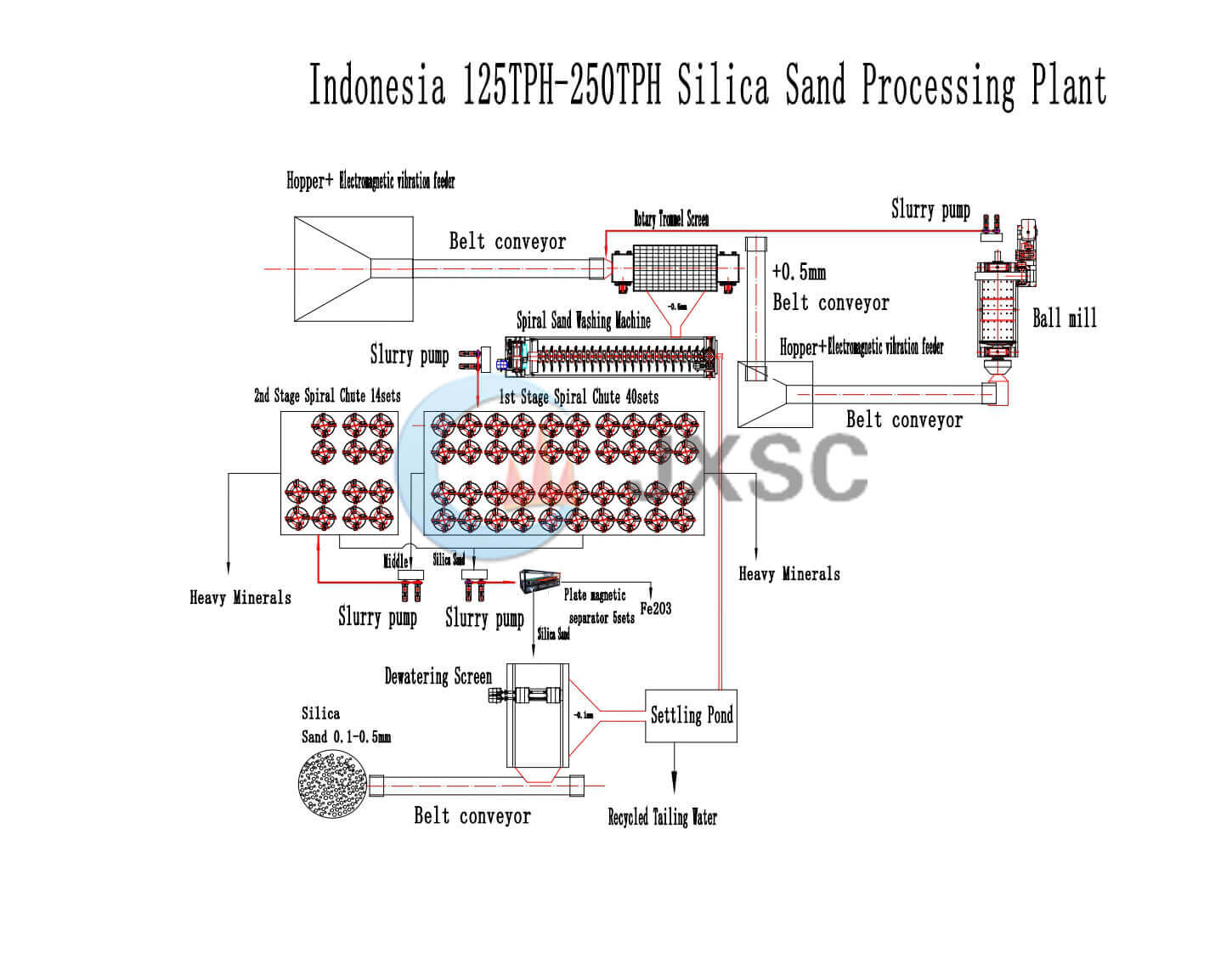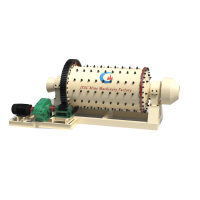Silica Sand
Silica sand can range from nearly transparent to a darker gray. It is an odorless powder that can cause irritation to the skin or eyes on contact. Inhaling silica sand will also irritate the respiratory tract. In fact, the fine particulates of silica dust from quartz rock contribute to chronic, progressive lung injury, known as silicosis. Additional physical properties include:
Molecular Weight: 60.084 g/mol
Exact Mass: 59.966756 g/mol
Boiling Point: 4046°F at 760 mm Hg
Melting Point: 3110°F
Silicon dioxide (SiO2) is a naturally occurring compound of silicon and oxygen. This is the primary compound present in silica sand, which occurs in three main crystalline varieties, including quartz, tridymite, and cristobalite. The covalent bonding of a single silicon atom with two oxygen atoms, creating linear triatomic molecules, forms SiO2. Additional chemical properties of silica sand include:
Solubility: Insoluble
Vapor Pressure: Approximately 0 mm/Hg
Heat Combustion: Noncombustible















